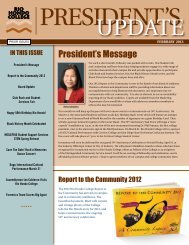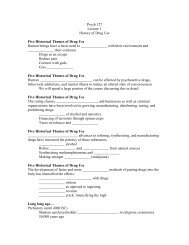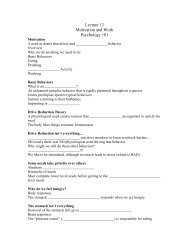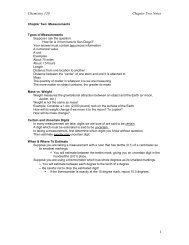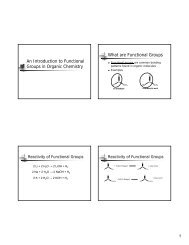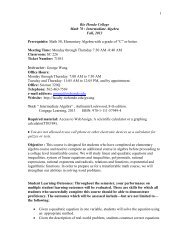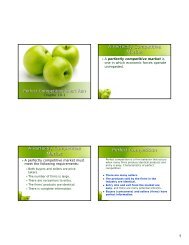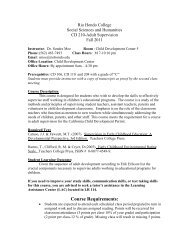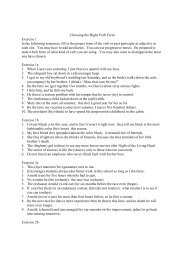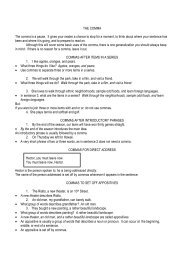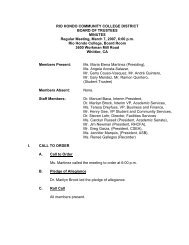Green Building and LEED Core Concepts Guide First Edition
Green Building and LEED Core Concepts Guide First Edition
Green Building and LEED Core Concepts Guide First Edition
Create successful ePaper yourself
Turn your PDF publications into a flip-book with our unique Google optimized e-Paper software.
LIFE-CYCLE IMPACTS<br />
<strong>LEED</strong> increasingly incorporates strategies intended to reduce the enVIronmental<br />
impacts of materials acquired for construction, operation, maintenance,<br />
<strong>and</strong> upgrades of a bui Id ing. To embed these strategies in the building's construction<br />
<strong>and</strong> operations processes, teams develop environmentally responsible procurement policies.<br />
Strategies to promote sustainable purchasing during construction include<br />
the followi ng,<br />
• Develop a construction purchasing policy. Outline the goals, thresholds, <strong>and</strong> procedures for<br />
procurement of construction materials. Monitor compliance <strong>and</strong> track the effectiveness of the<br />
policy to ensure that it is working.<br />
• Specify green materials. Rapidly renewable materials, regional materials, salvaged materials,<br />
<strong>and</strong> materials with recycled content reduce environmental impacts <strong>and</strong> promote sustainable<br />
material sources.<br />
• Specify green interiors. Use finishes, carpets. fabric, <strong>and</strong> other materials wit h low levels of<br />
volatile organic compounds (VOCs), formaldehyde, <strong>and</strong> other potentially toxic chemicals to<br />
protect indoor environmental quality <strong>and</strong> reduce the life·cycle impacts of materials.<br />
Strategies to promote sustainable purchasing during operations include<br />
these suggestions,<br />
• Develop a sustainable purchasing policy. Out line the goals, thresholds, <strong>and</strong> procedures for<br />
procurement of ongoing consumables <strong>and</strong> durable goods. Monitor compliance to ensure that<br />
the policy is effective.<br />
• Specify green materials. Give preference to rapidly renewable materials, regional materials,<br />
salvaged materials, <strong>and</strong> materials with recycled content.<br />
• Specify green electronic equipment. Choose computers <strong>and</strong> appliances that meet ENERGY<br />
STAR, EPEAT (Electronic Product Environmental Assessment Tool), or other st<strong>and</strong>ards for<br />
efficient energy consumption.<br />
THINK ABOUT IT<br />
Sustainable product certification. Evaluating the sustainabijity of green<br />
products is complex, <strong>and</strong> competing claims make it difficult to determine<br />
the relative merits of many products. Third-party programs such as the<br />
Forest Stewardship Council <strong>and</strong> <strong>Green</strong> Seal offer independent measures of<br />
performance, but certifiers' varying <strong>and</strong> even conflicting st<strong>and</strong>ards can create<br />
confusion . What are the pros <strong>and</strong> cons of having different approaches to<br />
evaluating the sustainability of materials<br />
56<br />
<strong>Green</strong> <strong>Building</strong> <strong>and</strong> <strong>LEED</strong> <strong>Core</strong> <strong>Concepts</strong> <strong>Guide</strong>



